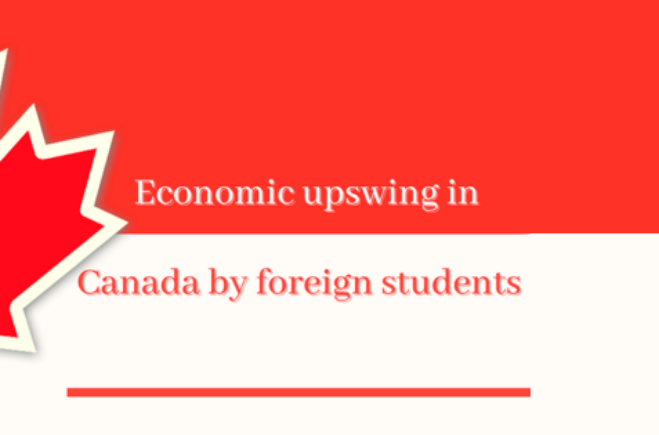Canada with International Students
Presently, Canada happens to be the third destination in the world in terms of international students. The international student community is almost as strong as 6,40,000, and they contribute up to USD 22 billion to the Canadian economy annually.
According to IRCC (Immigration, Refugees, and Citizenship Canada), the international student population increased by almost 13 percent in 2019 compared to 2018. As many as 404,000 international study permits were issued in 2019. In the last couple of decades, the international student population has increased almost six times. In the last decade alone, it has increased almost three times.

Admission Procedure Basic Requirements
The admission procedure to study in Canada comprises of the following steps:
- Selection of a Program.
- Paperwork
- Admission Requirements.
- Submission
- Waiting Period.
- Visa Application.
- Arrival.
The first step is to choose an appropriate program. In Canada, every program is taught in English. Degrees are available across a multitude of fields.
Among paperwork, the standard requirement is a motivation letter, recommendation letter, and portfolio of work experience (if available). Also, proof of completion of previous degrees is required. The best bet would be the official transcript of the previous degree. In case you are not a native speaker, an English proficiency test would be needed.
In Canada, most university applications are submitted online. Forms are readily available on the university websites for a fee.
Usually, the admission results are declared towards the end of spring. Private universities might ask for the first-trimester tuition fees, the official admission letter and admission confirmation for visa purposes, and other relevant information.
The visa process might take up to 60 days, and it involves several crucial documents. Therefore, the process must be initiated as soon as possible to avoid visa rejection. It must be noted that a visitor visa will be of no use in this case. Instead, a study permit would be more useful.
Once the visa is done, you can begin your adventure in Canada. Ensure that you have a fair idea about the expenses involved.
Best Destinations for Study
Ontario happens to be the best destination for international students in Canada. In 2019, this place was host to almost 307,000 international students, almost 48 percent of the incoming students. British Columbia is ranked second, followed by Quebec, Manitoba, and Nova Scotia. Refer to the chart below for a better understanding:

Job Opportunities
Those studying in Canada are eligible to apply for PGWP (Post Graduation Work Permit). It allows to cover the financial needs, but a Canadian work experience can further help apply for programs such as Federal Skilled Worker, Canadian Experience, Provincial Nominee, Quebec Immigration, and so on. Students also have the opportunity to go for various part-time as well as full-time employment across the state.
Canadian Experience Class immigration (CEC)
The CEC is for those skilled workers having Canadian work experience and desire to become permanent residents. However, specific criteria need to be fulfilled first. The major is writing, reading, listening, speaking, and 12 months of experience. There is no specific education requirement for CEC. A good enough language test result along with the above criteria is more than enough.




Leave a comment